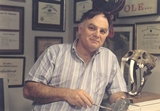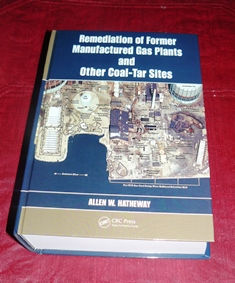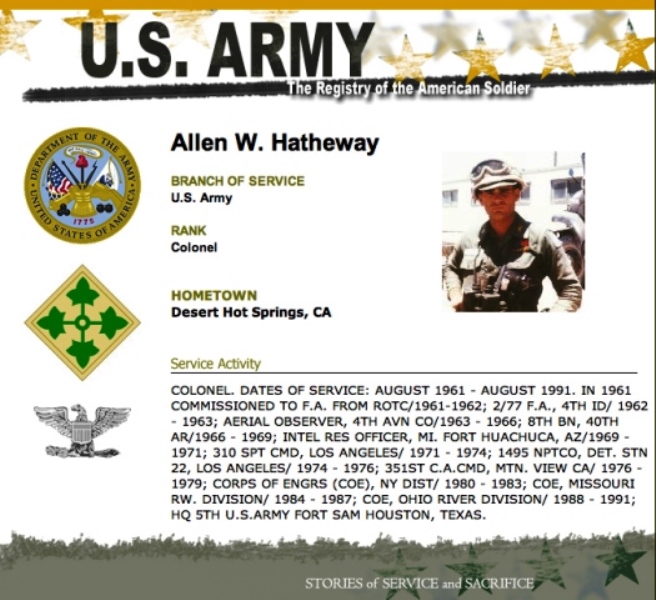LPL alum David O'Brien (2004) took his cycling to an extreme this summer, riding across the country, from San Francisco to Portsmouth, Vermont, and covering 4750 miles in 75 days. Dave's blog, with lots of photos and details about his trip, is available at http://www.cyclosaurus.net. When Dave is not on his bike, he's a Research Scientist at the Planetary Science Institute.
And...here's Dave at the end of his ride. Congratulations, Dave!


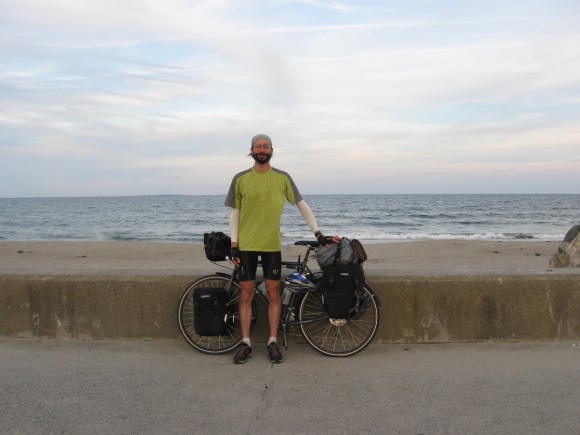
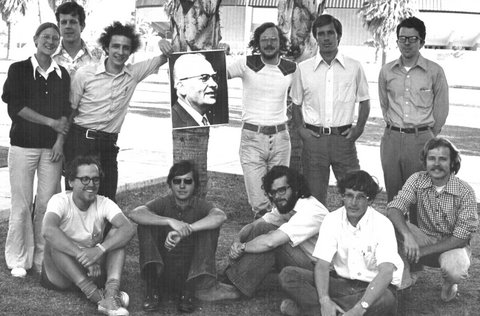
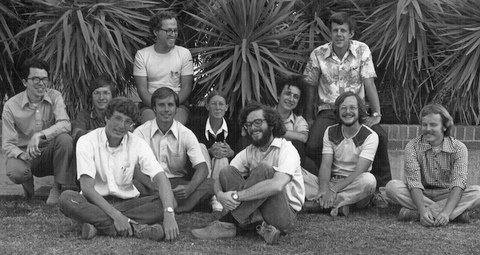
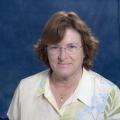 Senior Research Associate
Senior Research Associate 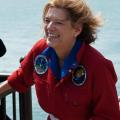 On July 1, 2013, LPL alumna (1984) Faith Vilas flew across Lake Michigan in commemoration of the 100th anniversary of the first Lake Michigan crossing, made by her grandfather, Logan A. (Jack) Vilas, on July 1, 1913.
On July 1, 2013, LPL alumna (1984) Faith Vilas flew across Lake Michigan in commemoration of the 100th anniversary of the first Lake Michigan crossing, made by her grandfather, Logan A. (Jack) Vilas, on July 1, 1913.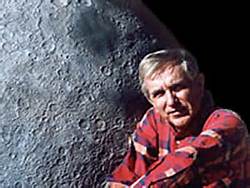 Congratulations to LPL alumnus (1966)
Congratulations to LPL alumnus (1966) 